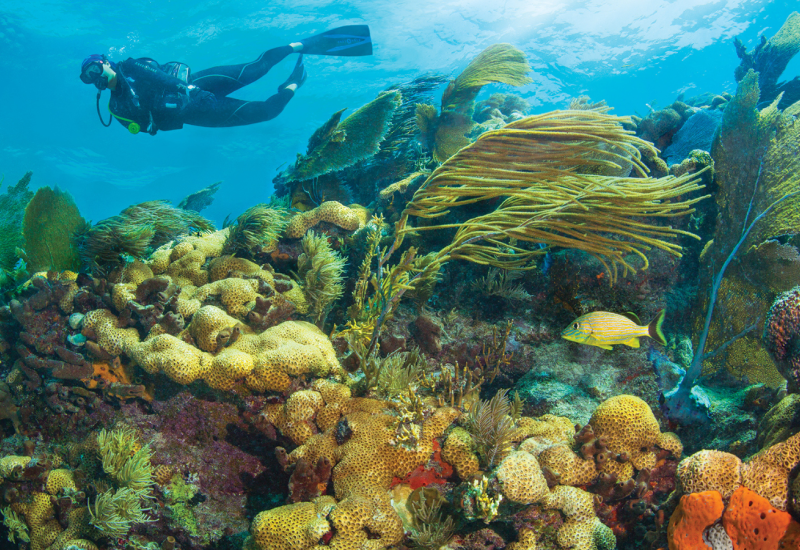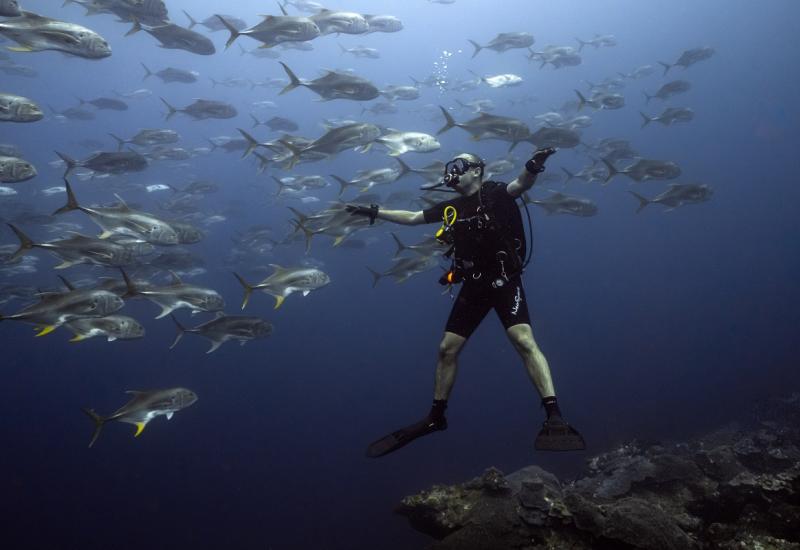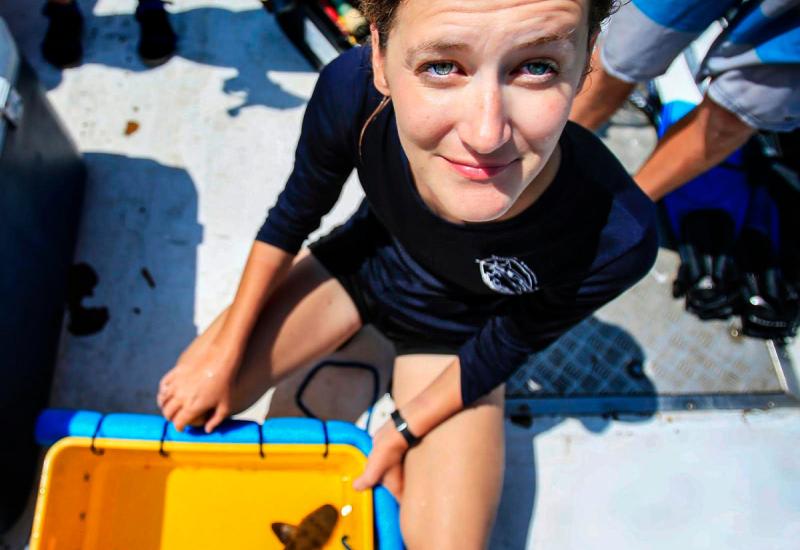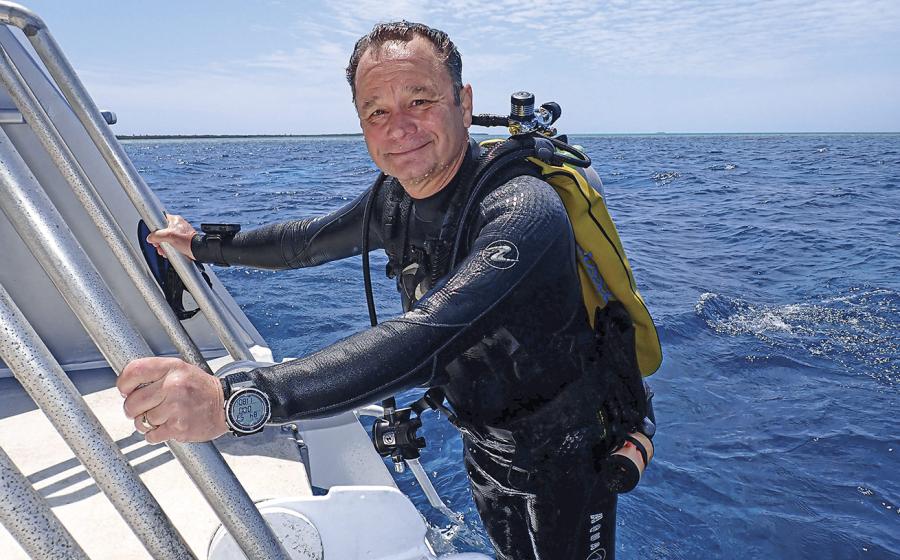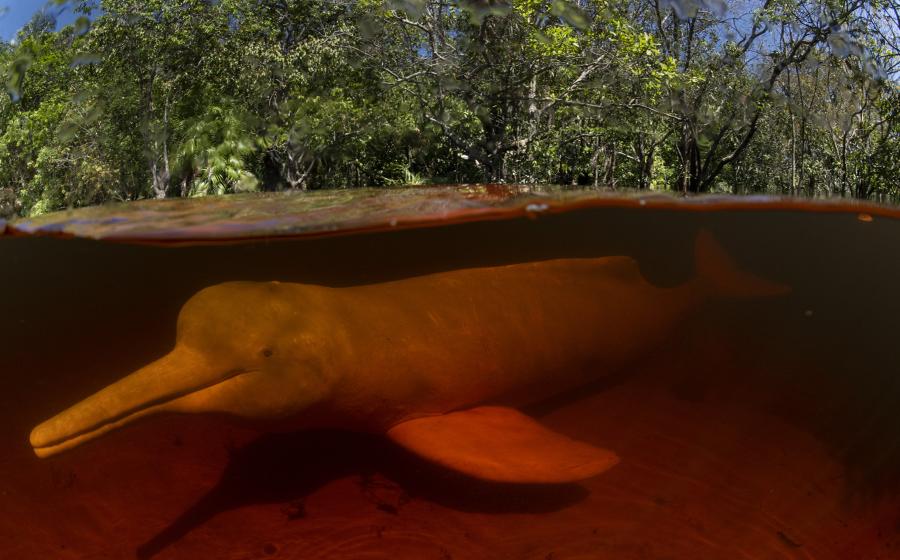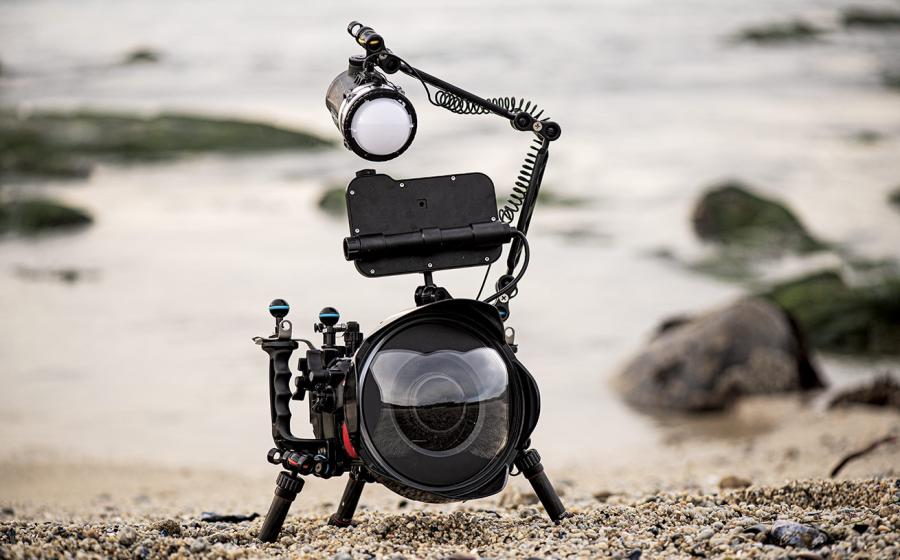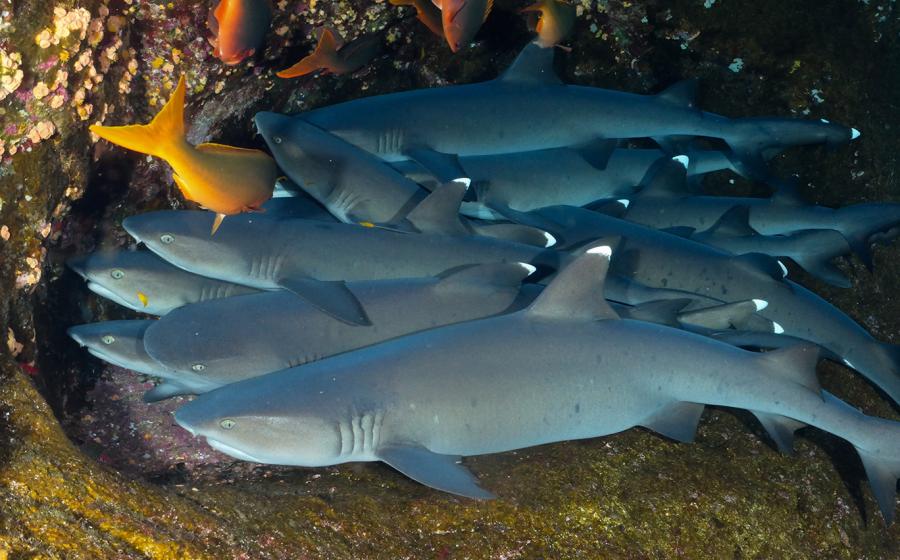Study Shows Sea Turtles Think Ocean Plastic Smells Like Food
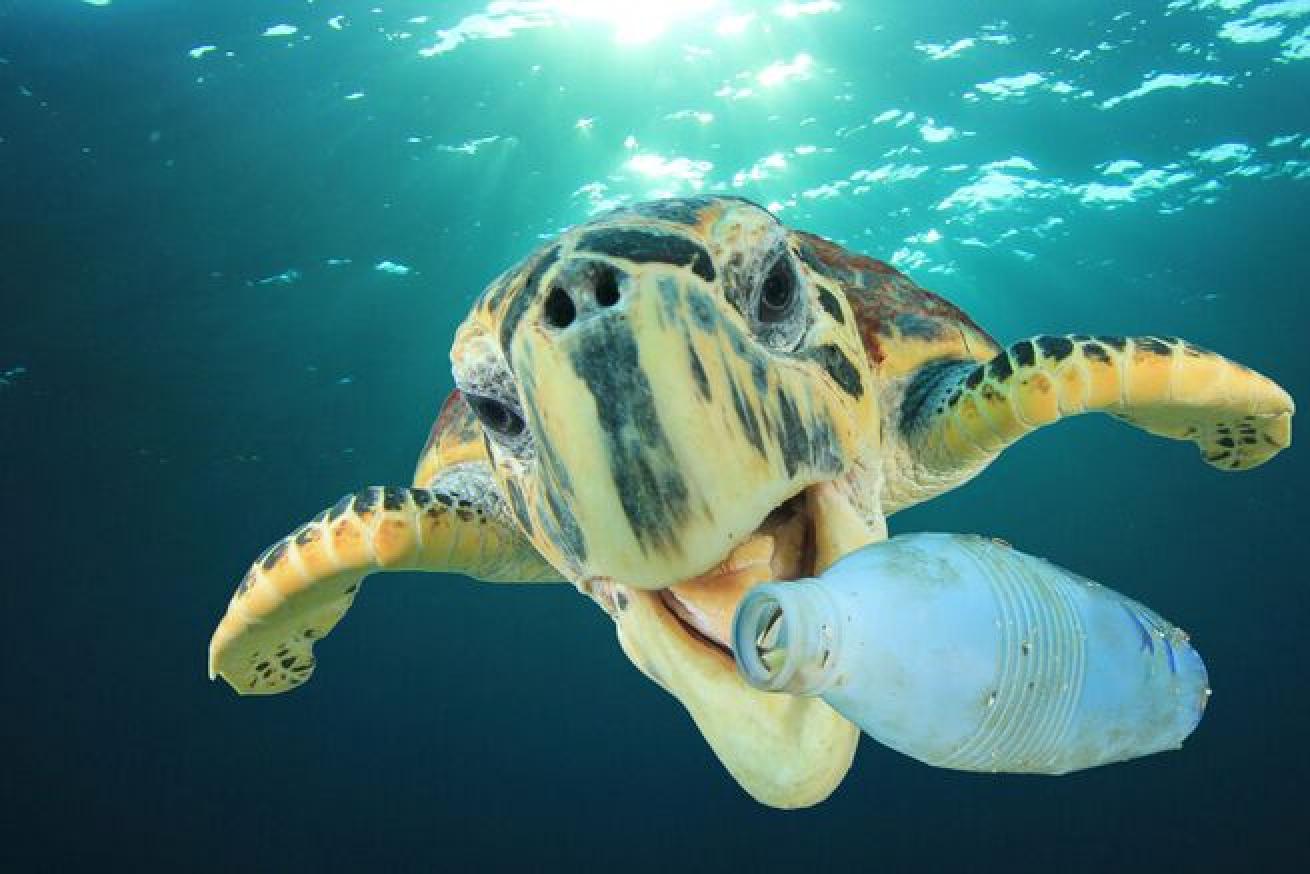
Shutterstock.com/Rich CareySea turtle eats plastic bottle.
Turtles are affected by marine debris their entire lives, from crawling over mounds of plastic as hatchlings to swimming through gyres of trash while migrating to becoming fatally ill from ingesting microplastics as food.
While it’s long been believed that turtles mistakenly eat plastic because it looks like their typical food sources — for example, a floating plastic bag resembles a free-swimming jellyfish — a new study shows the attraction to plastic may be due to smell rather than sight.
Related Reading: Why Do Sea Turtles Return to the Same Beach?
However, it’s not the lingering odor of human food that lures them in, but the smell of plastic that’s been biofouled, or covered in microbes, algae, and other small plants and animals.
“This ‘olfactory trap’ might help explain why sea turtles ingest and become entangled in plastic so frequently,” Joseph Pfaller, University of Florida biologist who worked on the study, said in a statement.
To conduct the study, researchers sprayed different scents through a pipe and observed the reactions of 15 young loggerhead turtles. The scents included biofouled plastic, turtle food with fish and shrimp meal, and two controls: deionized water and “clean” non-biofouled plastic.
Each of the 15 turtles was bred in captivity and consistently ate only one kind of food, so scientists suspected they'd respond strongest to that smell. However, when smelling either their food or the biofouled plastic, the turtles had similar responses, indicating that they perceived the plastic as a treat, too.
Related Reading: 4 Best Scuba Diving Destinations in Peru
While more research is needed to prove exactly why turtles are lured by the smell of biofouled plastic, it’s possible that they are attracted to a substance called dimethyl sulphide, which is emitted by algae and microbes and has a distinct cabbage-like smell, or to the tiny animals, like bryozoans, hydrozoans, and crustaceans, that accumulate on the plastic.
Biofouling happens to all plastics (and many other materials) that become submerged for a period of time, proving it’s not just items like straws, six-pack rings or plastic bags that can harm turtles — all plastic poses a threat to these endangered animals.

